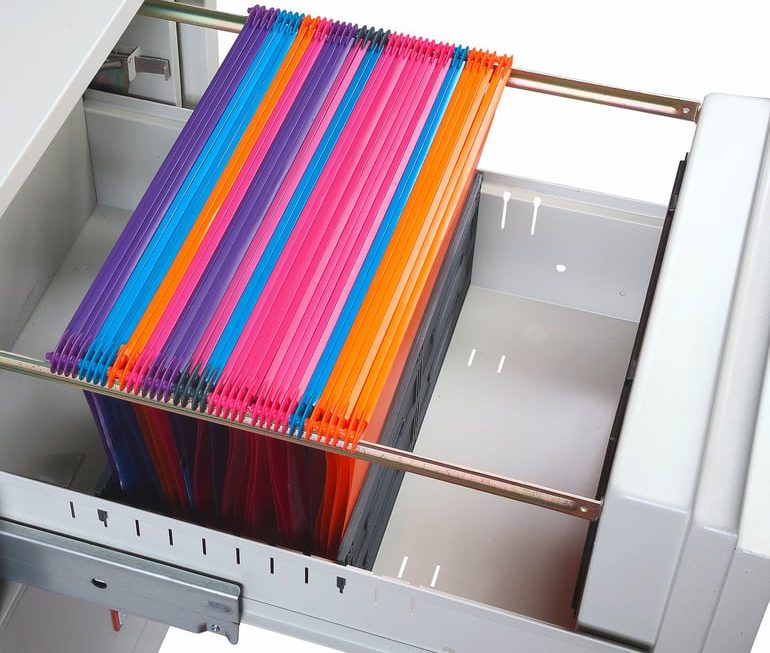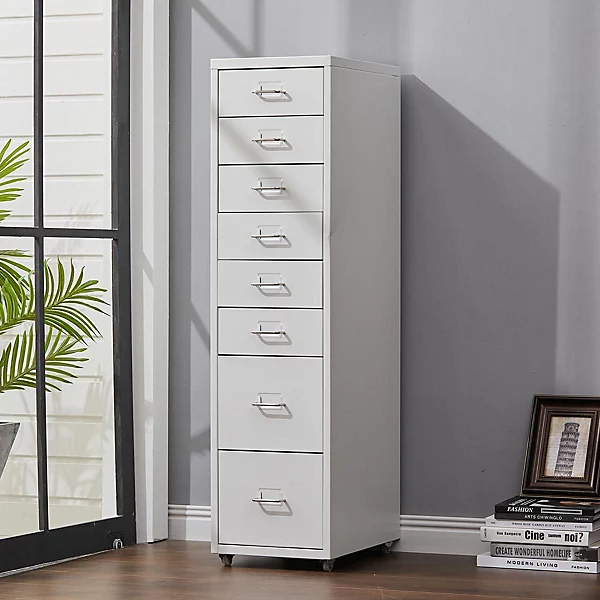Replacing kitchen cabinet doors can transform the look of your kitchen without the expense of a full remodel. Whether your doors are outdated, damaged, or simply in need of a fresh style, this guide will lead you through the process. In this article, we will cover the necessary tools, steps for replacing doors, and tips to ensure a smooth project.
 Table of Contents
Table of Contents
- Understanding Cabinet Door Replacement
- 1.1. Benefits of Replacing Cabinet Doors
- 1.2. When to Replace Your Cabinet Doors
- Preparing for the Project
- 2.1. Tools You Will Need
- 2.2. Choosing New Cabinet Doors
- 2.3. Measuring Your Cabinets
- Removing Old Cabinet Doors
- 3.1. Taking Off the Hinges
- 3.2. Removing Hardware
- 3.3. Storing Old Doors Safely
- Installing New Cabinet Doors
- 4.1. Attaching Hinges to New Doors
- 4.2. Mounting the Doors on Cabinets
- 4.3. Adjusting for Perfect Alignment
- Finishing Touches
- 5.1. Installing New Hardware
- 5.2. Cleaning and Maintenance Tips
- Conclusion
 1. Understanding Cabinet Door Replacement
1. Understanding Cabinet Door Replacement
1.1. Benefits of Replacing Cabinet Doors
Replacing your cabinet doors can dramatically change your kitchen’s appearance. You can choose from various styles, colors, and materials. It is often more affordable than replacing entire cabinets. Additionally, this project can make your kitchen feel modern and functional.
1.2. When to Replace Your Cabinet Doors
You might consider replacing your cabinet doors for several reasons:
- Damage: Scratches, dents, or wear can make doors look unsightly.
- Outdated Style: If your kitchen looks stuck in a different era, new doors can provide a fresh look.
- Change in Taste: Perhaps your preferences have changed. Replacing doors allows you to customize your kitchen according to your style.
2. Preparing for the Project
2.1. Tools You Will Need
Before starting, gather the tools required for the job:
- Screwdriver (either manual or electric)
- Measuring tape
- Level
- Drill
- Clamps
- Paint or stain (if needed)
 2.2. Choosing New Cabinet Doors
2.2. Choosing New Cabinet Doors
Selecting the right doors is crucial. Consider the following factors:
- Material: Common options include wood, MDF, and laminate. Each has its pros and cons.
- Style: Raised panel, flat panel, shaker, or glass-front doors can switch up your design.
- Finish: Decide if you want painted, stained, or unfinished wood.
2.3. Measuring Your Cabinets
Accurate measurements are key. Follow these steps:
- Measure Width: Use your measuring tape to find the width of each cabinet opening.
- Measure Height: Measure from the top of the cabinet frame to the bottom.
- Note the Thickness: Most doors range from 0.5 to 0.75 inches. Ensure you buy doors that fit your existing frames.
3. Removing Old Cabinet Doors
3.1. Taking Off the Hinges
After you’ve gathered your tools and chosen new doors, it’s time to remove the old ones:
- Open the cabinet doors wide.
- Find the screws on the hinges.
- Using your screwdriver (or drill), unscrew the hinges one by one. Be careful not to damage the adjacent cabinets.
3.2. Removing Hardware
Once the hinges are off, remove any hardware attached to the cabinet doors:
- Knobs or Pulls: Unscrew these from the door front.
- Soft-Close Mechanisms: If your cabinet has these, consult the manufacturer’s instructions for proper removal.
 3.3. Storing Old Doors Safely
3.3. Storing Old Doors Safely
Keep the old doors in a safe place. You might want to use them for a DIY project later. Alternatively, you can donate or dispose of them responsibly.
4. Installing New Cabinet Doors
4.1. Attaching Hinges to New Doors
Get your new doors ready for installation:
- Mark the Hinge Locations: Use your old doors as a template or measure where the hinges will go.
- Drill Pilot Holes: It’s helpful to drill small pilot holes to prevent the wood from splitting.
- Attach the Hinges: Screw the hinges securely to the new doors, ensuring they are flush and level.
4.2. Mounting the Doors on Cabinets
Now it’s time to attach the new doors to the cabinet frames:
- Hold the Door in Place: With one hand, hold the door up to the cabinet.
- Screw Hinges to the Cabinet: With the other hand, secure the hinges to the cabinet frame using your screwdriver.
- Use a Level: Check if the door is straight. Adjust if necessary before tightening the screws fully.
4.3. Adjusting for Perfect Alignment
Once all doors are mounted, ensure they align well:
- Adjust Hinges: Most cabinet hinges have screws that allow fine adjustments. Use these to tweak the door position until perfectly aligned.
- Check Gaps: Look for even gaps between doors. If gaps are uneven, readjust accordingly.
5. Finishing Touches
5.1. Installing New Hardware
With the doors mounted, you can add new hardware:
- Position your knobs or pulls where you’d like them.
- Mark the drill point for screws.
- Drill holes and then attach the hardware securely.
5.2. Cleaning and Maintenance Tips
Finally, keep your new cabinet doors looking their best:
- Regular Cleaning: Use a soft cloth and mild soap for regular cleaning. Avoid harsh chemicals.
- Avoid Excessive Moisture: Ensure the area around your cabinets stays dry. Wipe up spills immediately.
- Check Hinges: Periodically check hinge screws to ensure they remain tight.
Some common types:
There are several types of kitchen cabinet doors, each offering unique styles and functionalities. Here are some common types:
Shaker Doors: Simple, flat-panel doors with a raised frame. They are often associated with a traditional or modern farmhouse style.
Flat Panel Doors: These have a sleek, minimalist look with no decorative frames. They are often used in contemporary designs.
Raised Panel Doors: Features a raised center panel with a more ornate frame. These are often seen in traditional cabinetry.
Glass Insert Doors: These doors incorporate glass panels, allowing for display of dishes or decorative items. They can be framed or unframed.
Louvered Doors: Characterized by horizontal slats, these doors allow for ventilation and are often used in utility areas or for pantry cabinets.
Beadboard Doors: These feature vertical grooves or panels, adding texture and a cottage-like feel to the kitchen.
Slab Doors: A solid piece of material with no framing or panels. They have a very modern and clean appearance.
Veneer Doors: Made of a thin layer of wood veneer over a substrate, these doors can mimic the look of solid wood while being more cost-effective.
Curved Doors: Often used for corner cabinets or special design features, these doors have a curved shape rather than being flat.
Apothecary Doors: Small drawer-like doors that provide a unique, vintage look, often seen in traditional or rustic kitchens.
Each type of door can be customized with various finishes, colors, and hardware to match the overall kitchen design.
The trends in kitchen cabinet doors
- In recent years, the trends in kitchen cabinet doors have seen several exciting developments:
Minimalism:
- Simple, sleek designs with clean lines are becoming increasingly popular. Flat-panel doors without excessive detailing promote a modern, uncluttered look.
Natural Materials:
- There is a growing preference for materials that showcase natural wood grains and textures. Eco-friendly options, such as reclaimed or sustainably sourced wood, are also in demand.
Two-Tone Cabinets:
- Mixing colors and finishes is trending, often with upper cabinets in a lighter shade and lower cabinets in a bolder color, adding depth and visual interest to the kitchen.
Bold Colors:
- While classic white remains popular, bold colors like navy blue, deep green, and black are gaining traction, allowing homeowners to express their personal style.
Glass Fronts:
- Cabinet doors with glass fronts are being used to showcase dishware and decorative items, creating an open and airy feel.
Textured Finishes:
- Textures like Shaker, beadboard, or even more intricate designs are making a comeback, adding warmth and charm to kitchens.
Smart Storage Solutions:
- Cabinets are increasingly designed with functionality in mind, featuring pull-out shelves, organizers, and other smart storage solutions to maximize space.
Industrial Style:
- The use of metal accents, such as handles and frames, is becoming popular, contributing to a more stylish, contemporary industrial look.
These trends reflect a shift towards personalization and functionality, making kitchen spaces more inviting and efficient.
 6. Conclusion
6. Conclusion
Replacing your kitchen cabinet doors is not only a practical update but also a wonderful enhancement to your home. Whether you choose to do it yourself or hire a professional, this project can yield significant changes. By following this guide, you can achieve a beautiful kitchen that reflects your style.
Remember to take your time during the installation process. Safety first: always wear protective eyewear when using power tools. Enjoy your newly updated kitchen!



